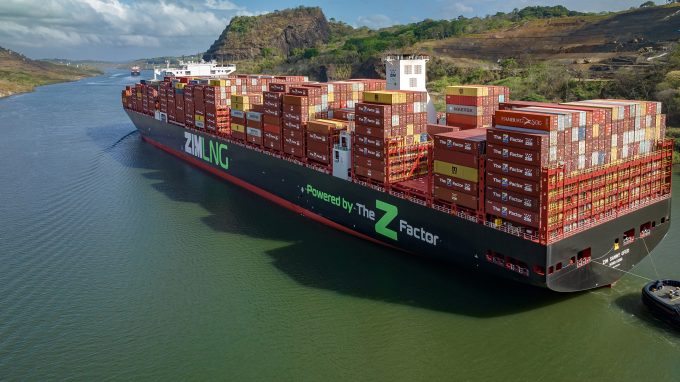Zim beats market on growth, but warns the future 'may be complicated'
Surging revenues and volumes have left Zim optimistic over its prospects for 2025, but it ...

Zim’s extreme first-quarter optimism may not quite have turned to despair, but another quarterly loss and no sign of a peak have left its outlook decidedly more conservative.
Indeed, Q2’s $213m net loss is four times that recorded in the three months to March ($58m), and ...

Comment on this article